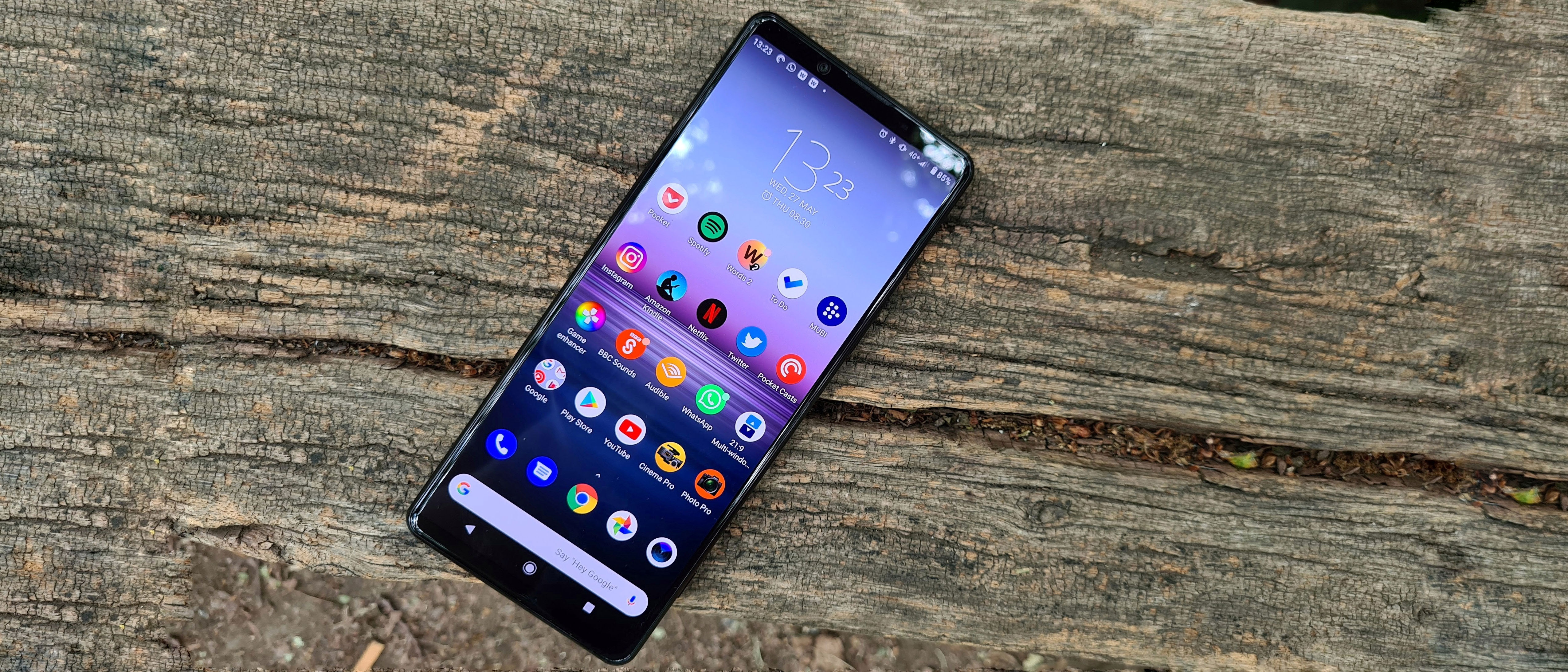TechRadar Verdict
The Sony Xperia 1 II is the full package as smartphones go, but it isn’t for everyone. Its large size and particular quirks make it something of a niche device, but if you’re looking for a phone with a great rear camera, unbeatable display and a battery that will last you a whole day, you’ve got it here.
Pros
- +
Stunning display
- +
Return of the 3.5mm jack
- +
Strong battery life
Cons
- -
Difficult to hold
- -
Very high price
- -
No 5G in the US
Why you can trust TechRadar
Two-minute review
The Sony Xperia 1 II – pronounced Sony Xperia 1 Mark 2 – is the Japanese company’s latest attempt at a full-blown flagship phone to compete with the very best from Apple, and from Samsung and a variety of other growing Android competitors.
This is the best Sony handset we’ve seen for some time, with major improvements in some core areas, but it’s also an expensive phone that’s designed for a narrow demographic. Think of this as Sony’s alternative to the Samsung Galaxy S20 Ultra, rather than the more ubiquitous Samsung Galaxy S20 or S20 Plus.
The Sony Xperia 1 II offers the most refined design from the company so far, while retaining its signature square look. There’s also the return of a gorgeous 4K display that offers a resolution you won’t find on other smartphones.
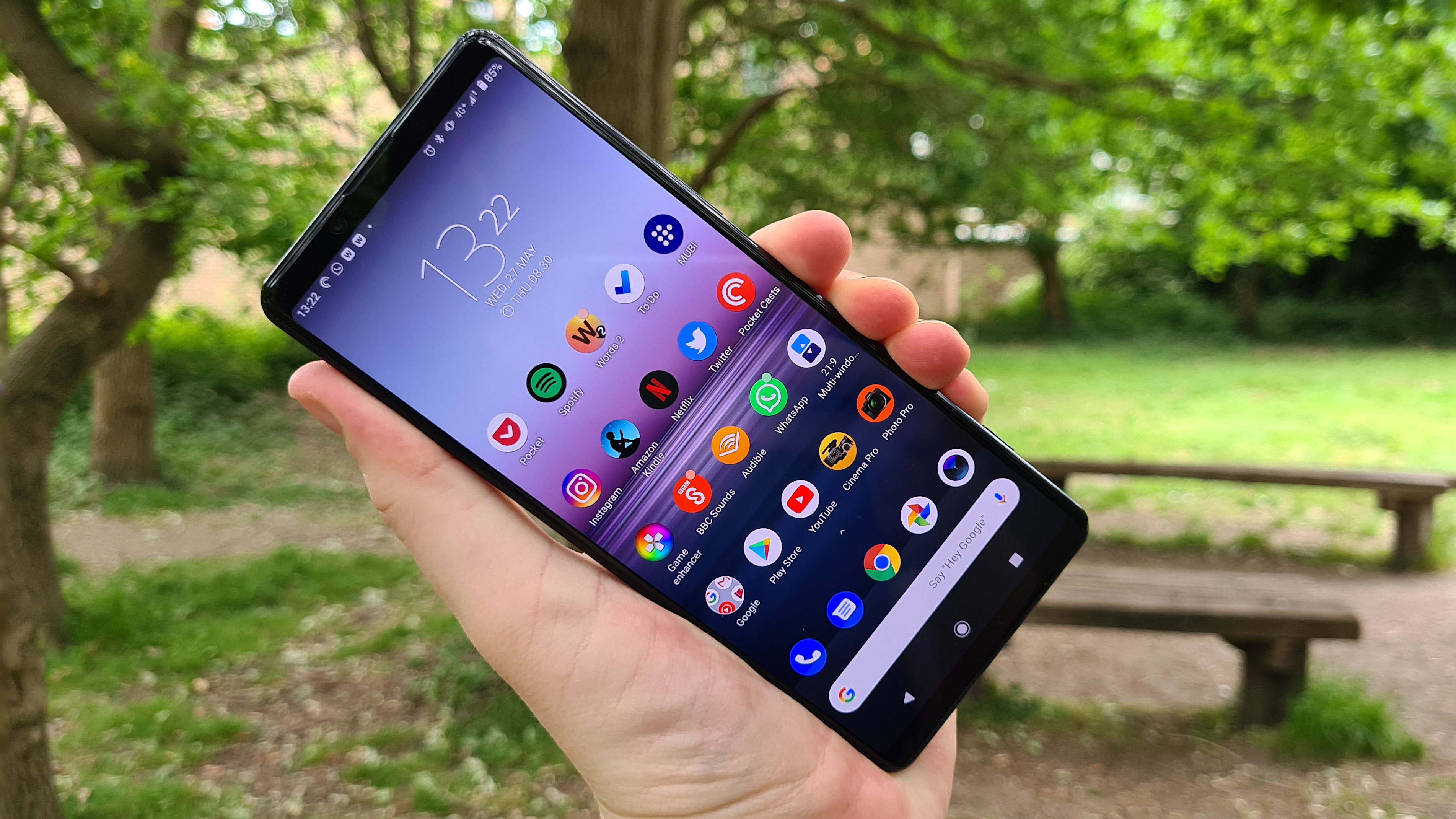
Price and release date
Design
Display
Cameras
Performance
Battery
Sony’s 4K phones have struggled in the past when it comes to battery life, but we’ve found the Sony Xperia 1 II to perform excellently, with a battery that will see you through at least a full day of normal usage, while if you’re a light user it can last even longer.
It’s powerful, with a top-end chipset under the hood and automatic cameras modes that are better than we’ve seen on previous Sony products, and you get access to top-end features like 5G connectivity (well, some do) and wireless charging too.
The uniqueness of the phone can also be its detriment, though. It’s designed for a very specific kind of user – those who want a phone with an elongated screen and the optimum experience when playing games or watching films – and as a result it can be somewhat impractical in everyday use. And while some will love its looks, it’s clear this isn’t a phone that’s made for everybody.
Then there’s the small matter of the higher than expected price. The Sony Xperia 1 II isn’t without its faults, but it is the most accomplished phone from the company for some time, and shows that it can still compete at the top end of the Android phone market.
Editor's note: An earlier version of this review didn't note the lack of 5G connectivity on the US variant of the phone. We've since updated the relevant sections where we talk about 5G features.
Sony Xperia 1 II release date and price
The Sony Xperia 1 II was unveiled in February 2020, at the company’s replacement event for MWC 2020. Those in the UK and US can buy the phone now but it won't be released in Australia, so if you want one there you’ll have to import it.
Originally the Xperia 1 II was meant to be released in the UK on June 18, but some saw the phone delayed until the end of the month. Those in the US saw the phone go on sale on July 24.
This is an expensive phone: at $1,199 / £1,099 (around AU$1,840) it’s one of the most expensive smartphones on the market at the moment, costing more even than the iPhone 11 Pro Max in the US, where that phone is priced at $1,099 (it’s £1,149 in the UK and AU$1,899 in Australia).

That said, it’s not as pricey as the Samsung Galaxy S20 Ultra, which costs $1,399 / £1,199 / AU$1,999. The true shock, though, comes when you compare it to the Sony Xperia 1 from 2019, which cost $949 / £849 (roughly AU$1,365).
We thought the price increase was largely due to the introduction of 5G technology - an increase of $250 / £250 is steep even then - but the 5G variant isn't coming to the US.
Those in the UK are able to buy the Sony Xperia 1 II 5G, but the version on sale in the US is just a 4G variant. Sony shows no sign of introducing a 5G variant of its phone for those in the US either.
Design
Sony’s design for the Xperia 1 II hasn’t radically changed from the last few versions of its flagship smartphone, and it has a premium feel that enables it to sit happily alongside top-end phones from the likes of Samsung and Apple.
This is a very particular device though, and many will find it a difficult phone to hold one-handed for everyday tasks like messaging or browsing social media. That’s owing to the 21:9 aspect ratio display, which makes the phone taller than a lot of other flagships; if you like smaller phones you’re unlikely to be a fan.
The Xperia 1 II has dimensions of 165.1 x 71.1 x 7.6mm, and is relatively light compared to other flagships at 181.4g. It has a 6.5-inch display, a size that’s been well worn on a lot of other brand’s phones; but that’s measuring the screen diagonally, and the display feels even larger here because of the 21:9 aspect ratio. We’ll dive into the rest of the display details in the section below.
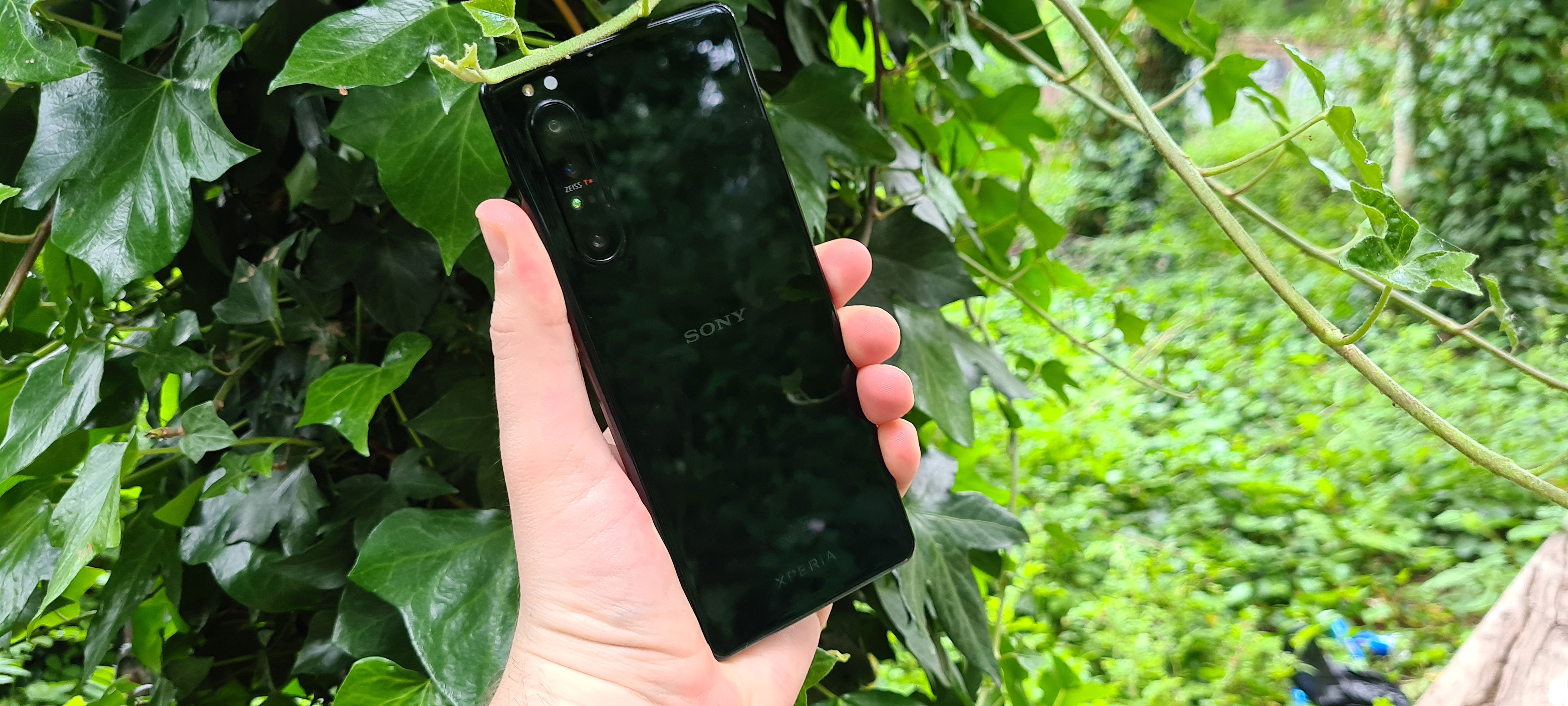
As mentioned the phone has Sony’s signature square edges and corners, but it still sits in the palm nicely when you set the aforementioned issue with one-handed use aside. The rear of the phone is made of glass (and is protected by Gorilla Glass 6 technology), giving it a premium feel; we also found the rear of the phone easy enough to grip.
You can buy the phone in either black or purple – throughout this review you’ll see the black version that we tested.
The right edge of the phone is home to the volume rocker, power button, and Sony’s familiar camera button. The power button also acts as a fingerprint sensor, which we found to work well. The SIM card slot is the only interruption on the left edge of the device.
It’s a bit of a shame that Sony hasn’t adopted an in-screen fingerprint scanner, like a lot of other top-end brands – it’s something that would give this phone a slightly more futuristic feel, and signal that the Xperia line is keeping pace with rival flagships.
As with a lot of Sony products over the last five years, the Xperia 1 II is IP65/IP68 dust and water resistant, so you’ll be able to get it slightly wet in a thunderstorm without worrying about flooding the internals.
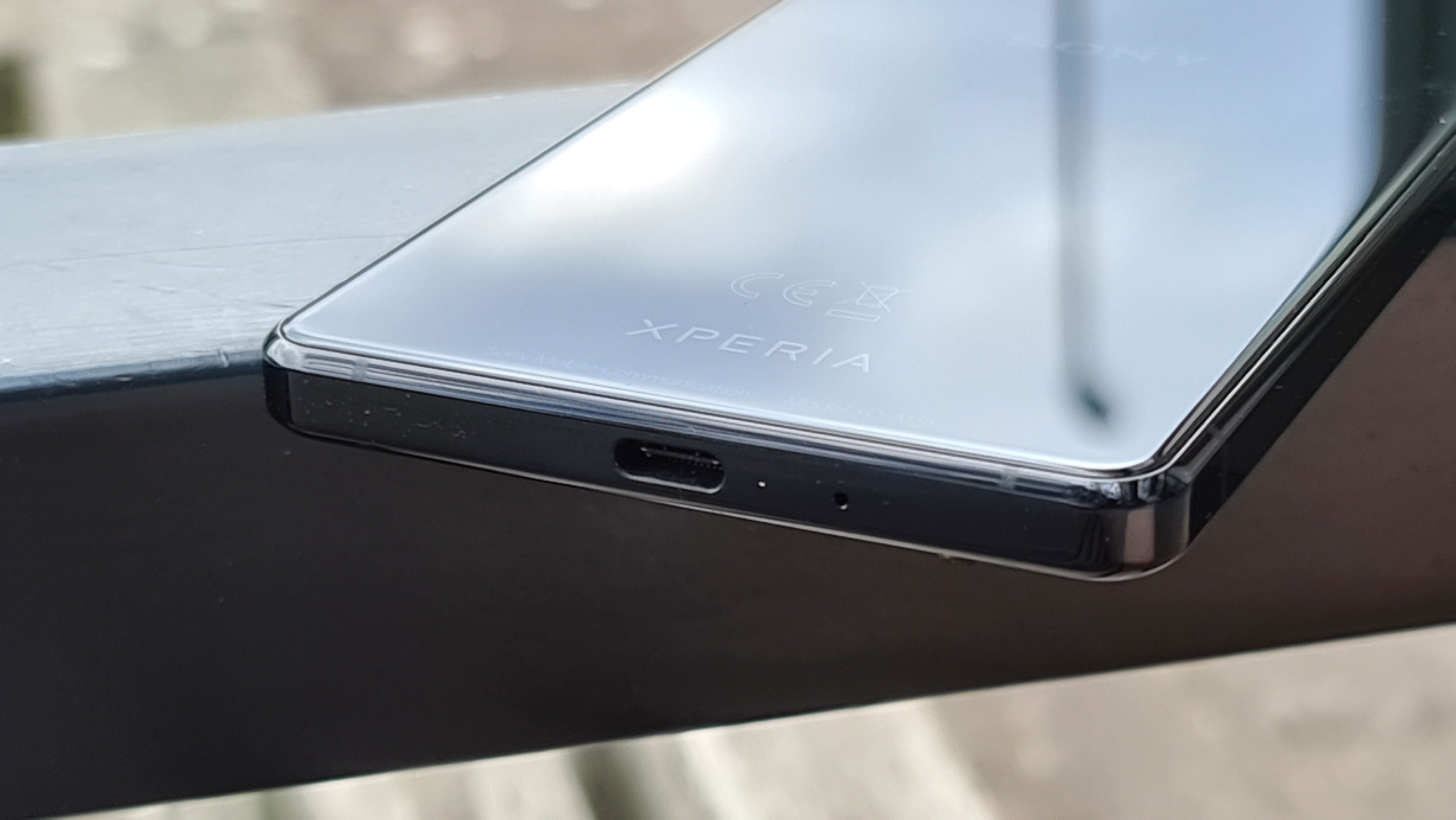
One of the most important elements for some fans will be the return of the 3.5mm headphone jack. Many flagship devices have dropped the legacy tech as more and more people move toward Bluetooth connections, but Sony has opted to bring it back here after dropping it for the Xperia 1.
We found it to be a useful addition, and if you’re a fan of wired headphones this phone is one of your few options if you want both flagship specs and 3.5mm support.
Display
To this day, Sony is the only manufacturer that offers a 4K display on a smartphone. That’s likely because many companies believe QHD is a high enough resolution, but it’s a standout feature for those who want to watch content in the highest possible quality.
The screen is on the larger side at 6.5 inches, and unlike a lot of other top-end phones it has a 21:9 aspect ratio. We’ve seen some other manufacturers adopt this format, but Sony was the first to do so, and it’s another signature feature of its handsets.
The idea here is that your screen is longer than a lot of other phones so you’ve got more space on the display to watch on. That should allow you to have a wider view when you’re mobile gaming, and give a more premium experience when watching films or TV.
For that to be the case, the content you’re consuming needs to be in 21:9, and while a lot of content isn’t in that format – we struggled to find YouTube videos that didn’t automatically play in 16:9 – there is plenty to watch out there.
For example, Sex Education on Netflix defaulted to 21:9, and a lot of TV shows and films on the service default to this aspect ratio. It gives them a very different feeling that’s closer to what their creators intended, even if many of those creators probably didn’t intend for their content to be viewed on a phone in the first place.
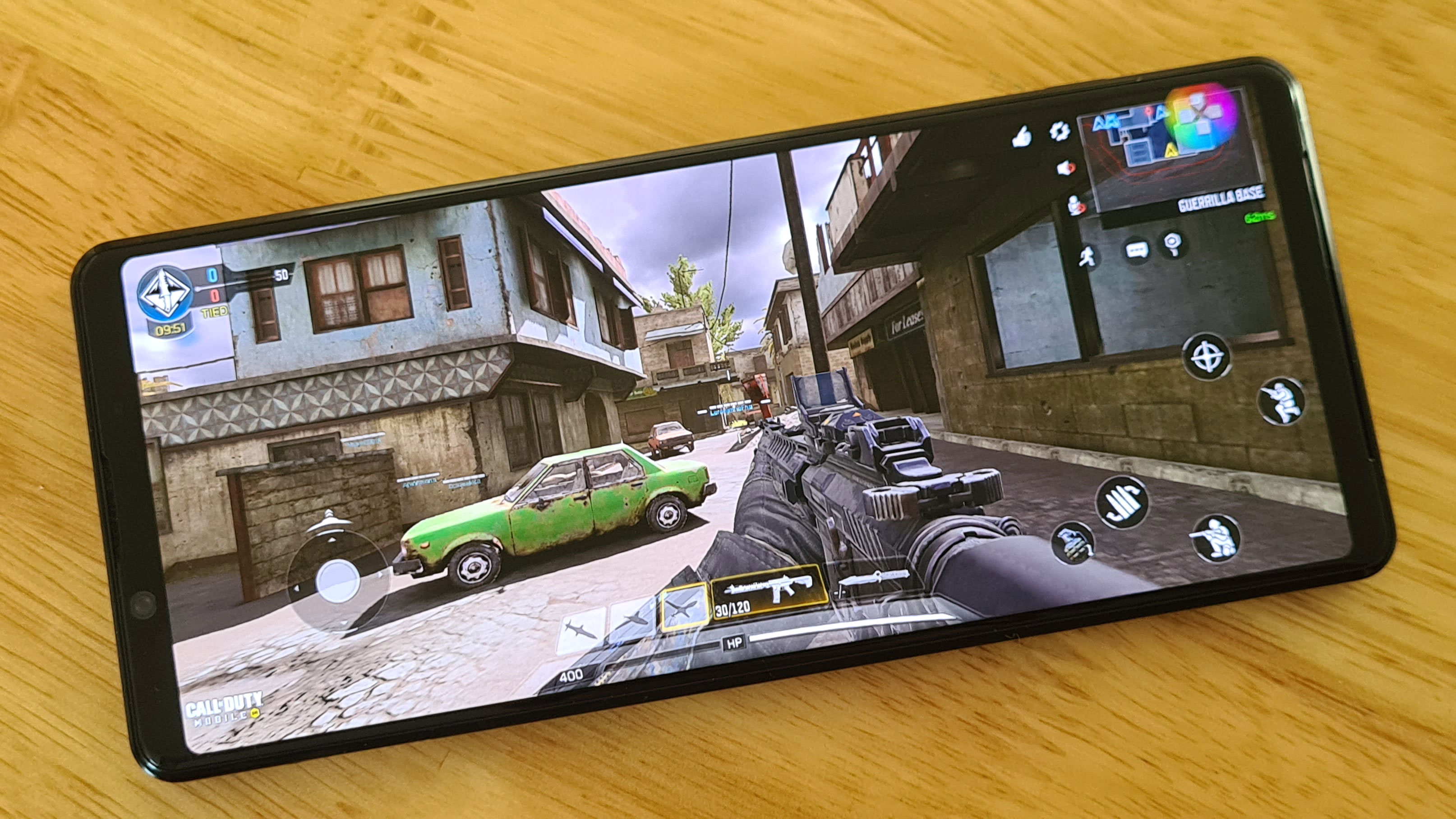
The 4K resolution allows for 1644 x 3840 pixels, which equates to a humongous 643 pixels per inch. We found the colors looked natural, and the maximum brightness seems to be higher than on previous Sony phones, which enhances the viewing experience further.
It’s important to note that Sony hasn’t opted for a notch to house the front-facing camera, the logic presumably being that if you’re going to go to the trouble of creating the perfect phone screen for viewing media on, why would you then take a chuck out of it?
Instead, there are slight bezels along the top and bottom of the display, with the top bezel housing the selfie camera, and front-facing speakers in both bezels.
Camera
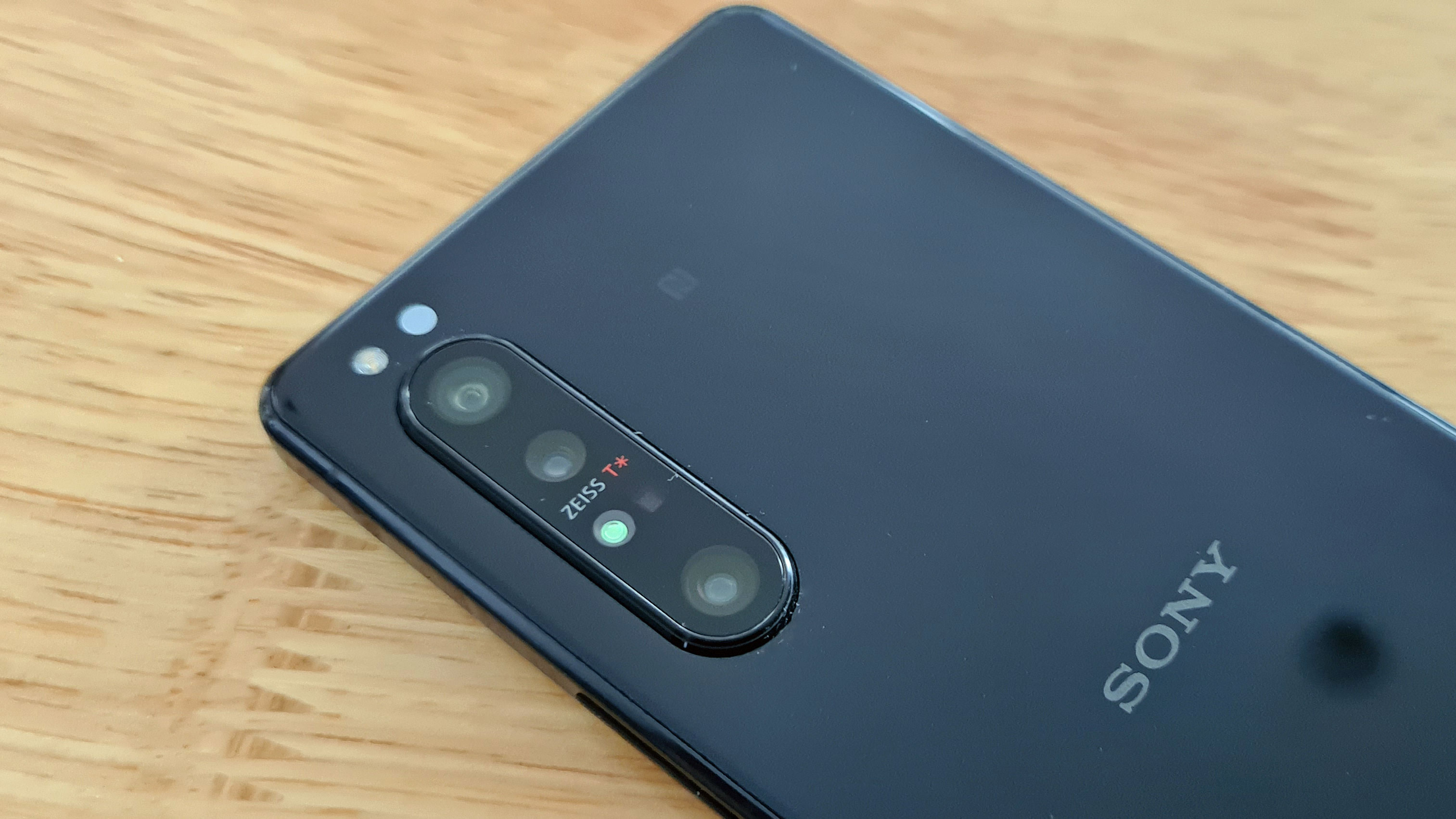
Sony wants the Xperia 1 II to be the best camera phone on the market, and if you’re willing to spend time fiddling with the settings in the camera app’s professional mode you’ll be rewarded with some great-looking images.
If you’d rather let the camera software do all the hard work, Sony has also made some improvements to the automatic mode on the Xperia 1 II. It’s now easier to get photos that can compete with those shot on the very best camera phones just by hitting the shutter button.
The phone has a quad-camera array, housed in a bump which juts out slightly from the rear of the phone, with 12MP f/1.7 wide, 12MP f/2.4 telephoto and 12MP f/2.2 ultrawide shooters, plus a 0.3MP time of flight sensor.
In our testing we found that the Xperia 1 II is able to shoot well through its automatic mode.
The autofocus proved remarkably speedy, and we found that the Xperia 1 II was able to capture some remarkably sharp shots, with colors that look true to life – that means you won’t necessarily get the most dramatic or punchy-looking images straight away, as you can with some Galaxy or iPhone phones, but it does give you a faithful picture of your subject.
If you’re a fan of Sony’s camera products, you’ll enjoy the technology on offer here.
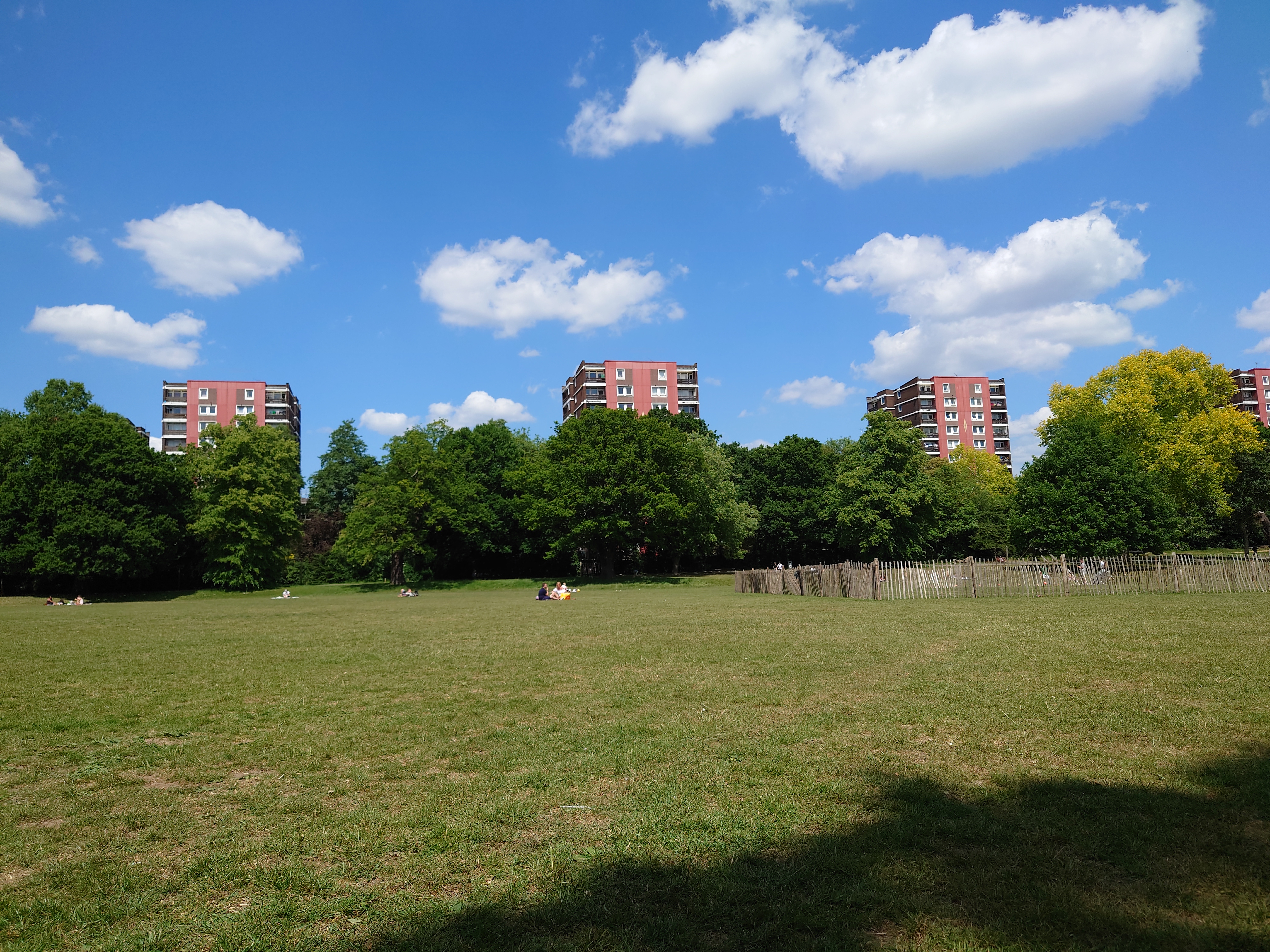
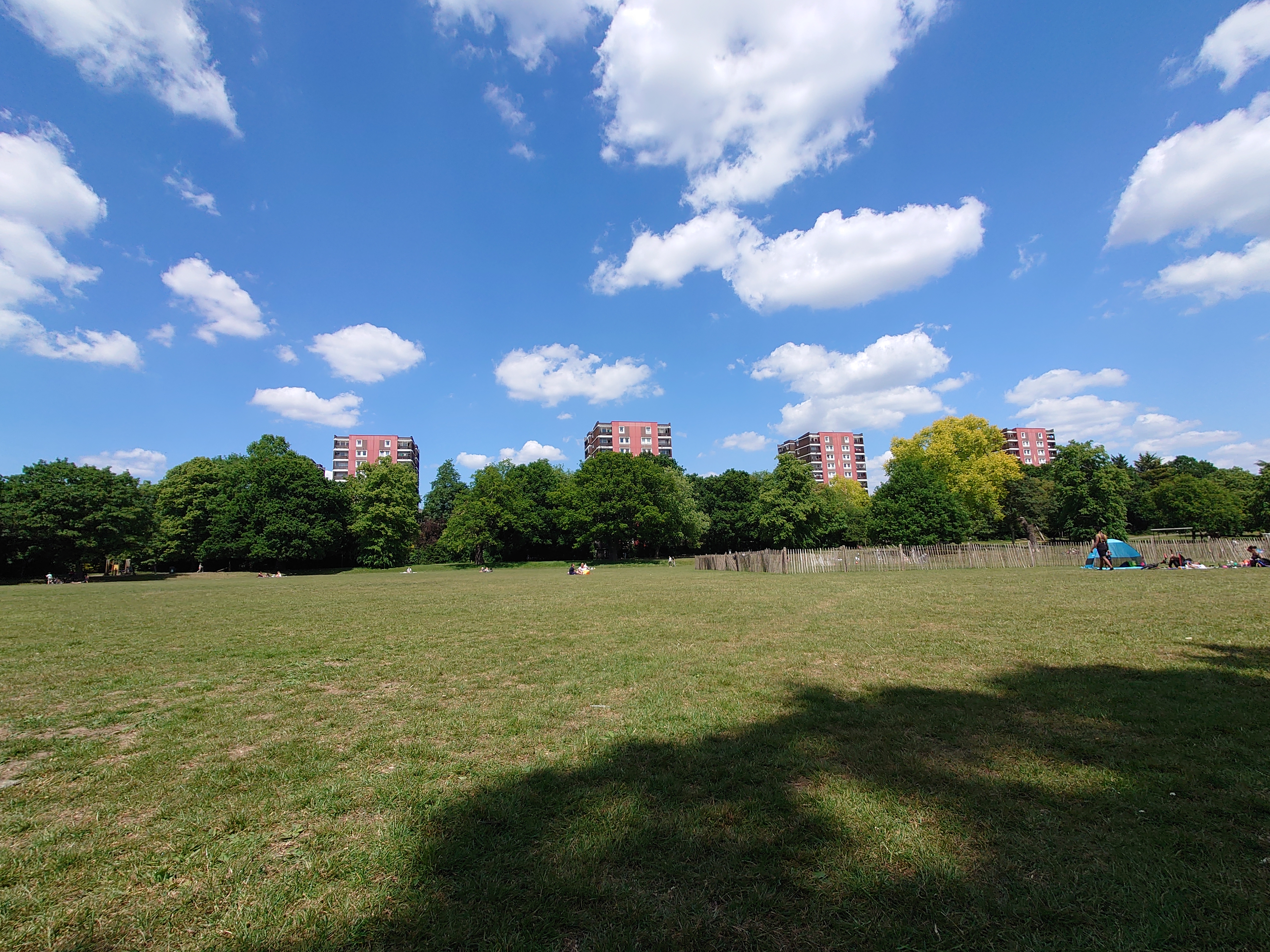

You can shoot video on the Sony Xperia 1 II in a variety of resolutions and frame rates. It’s capable of 4K at 60 frames per second, while you can shoot at up to 120fps (that’s slow-motion) in Full HD.
The stabilization technology here is particularly impressive, enabling you to shoot hand-held without having to worry about footage looking shaky.
Sony has included professional apps for both stills and video shooting, enabling you to tweak a wide range of settings – if you’re a keen photographer or videographer who enjoys tinkering you’ll be able to get some phenomenal-looking shots.
On the front of the phone is an 8MP selfie camera, which we found provided satisfactory snaps, but they’re not anywhere near as impressive as those from the rear cameras.
Camera samples
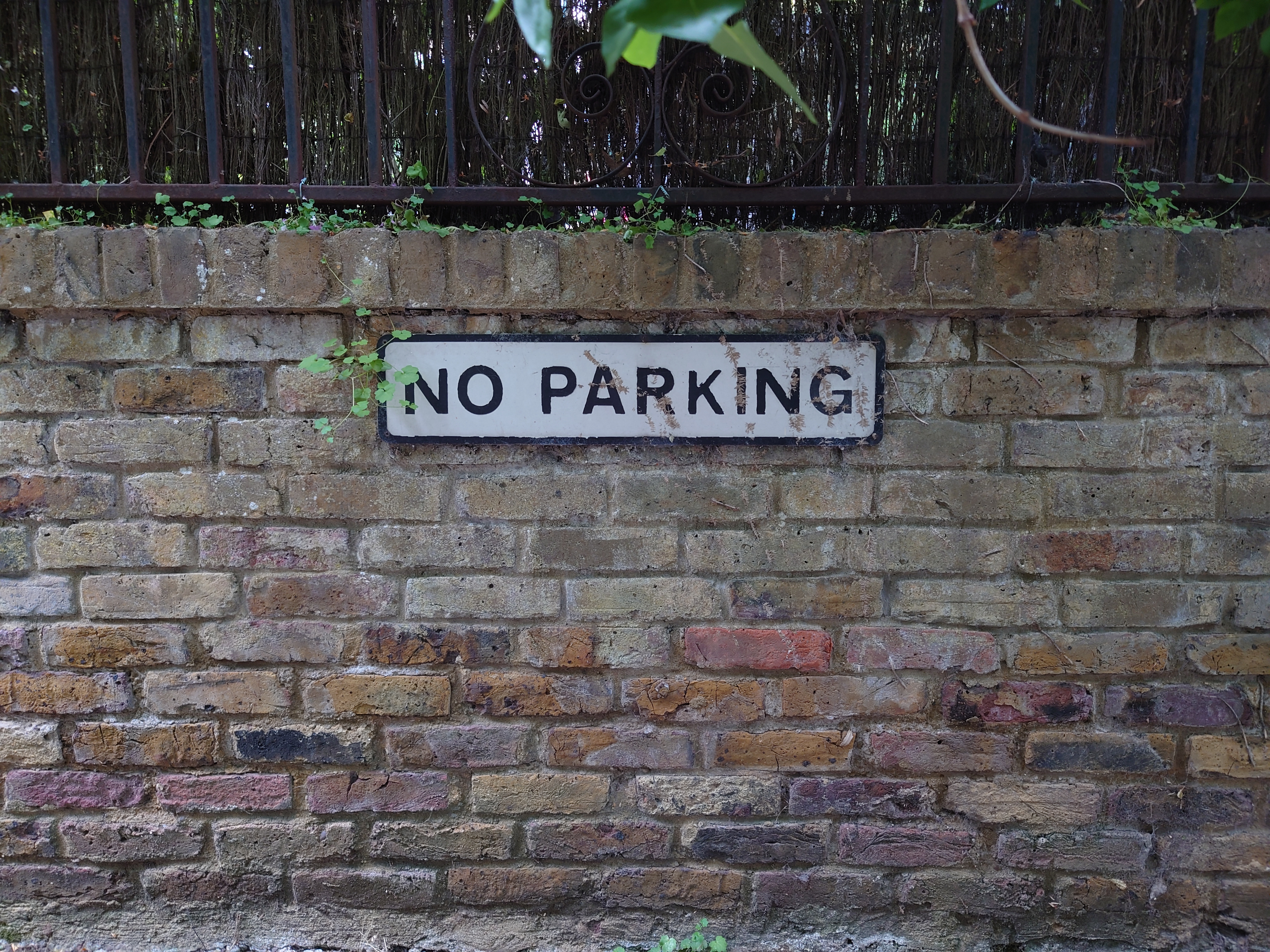
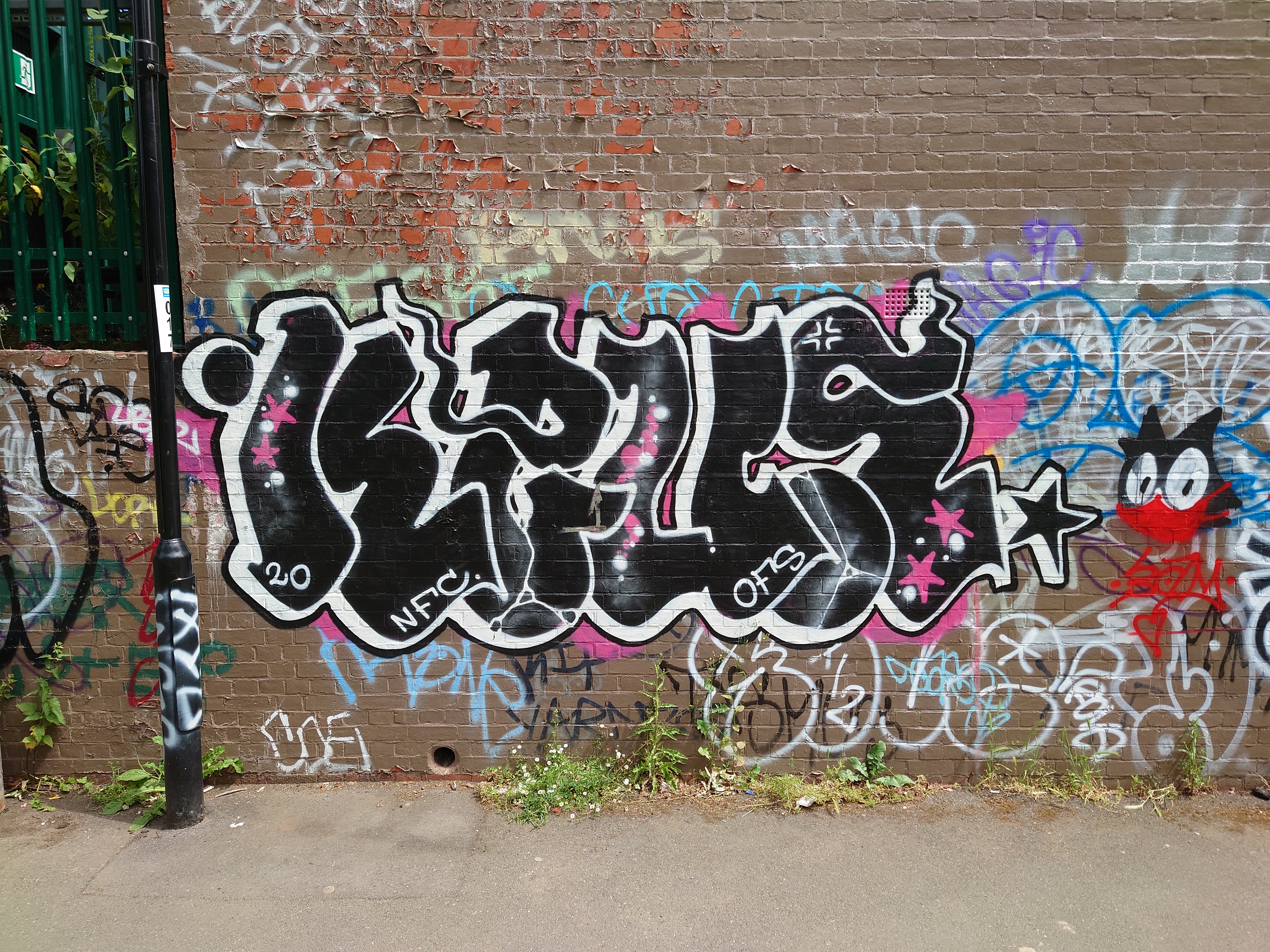


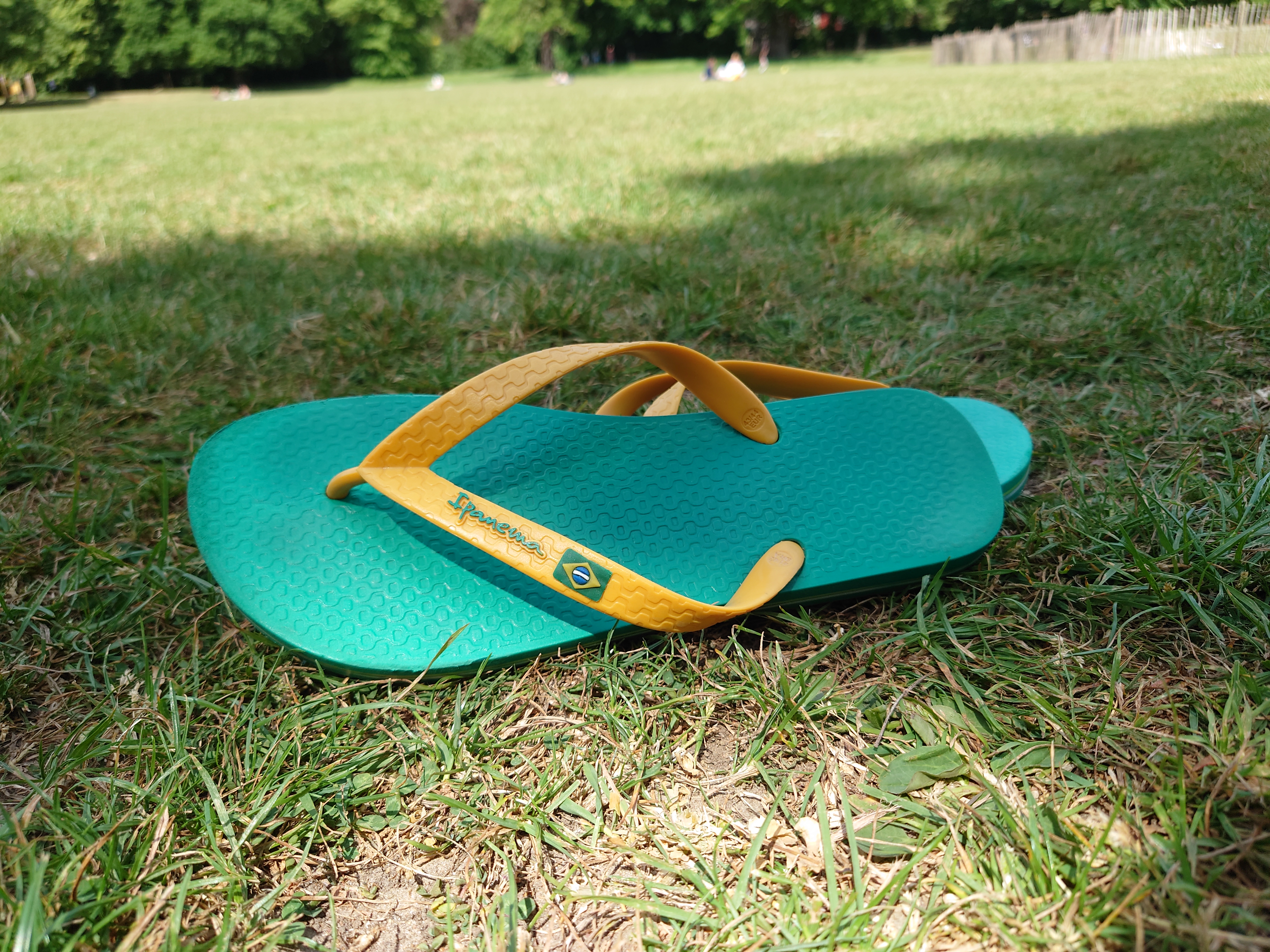
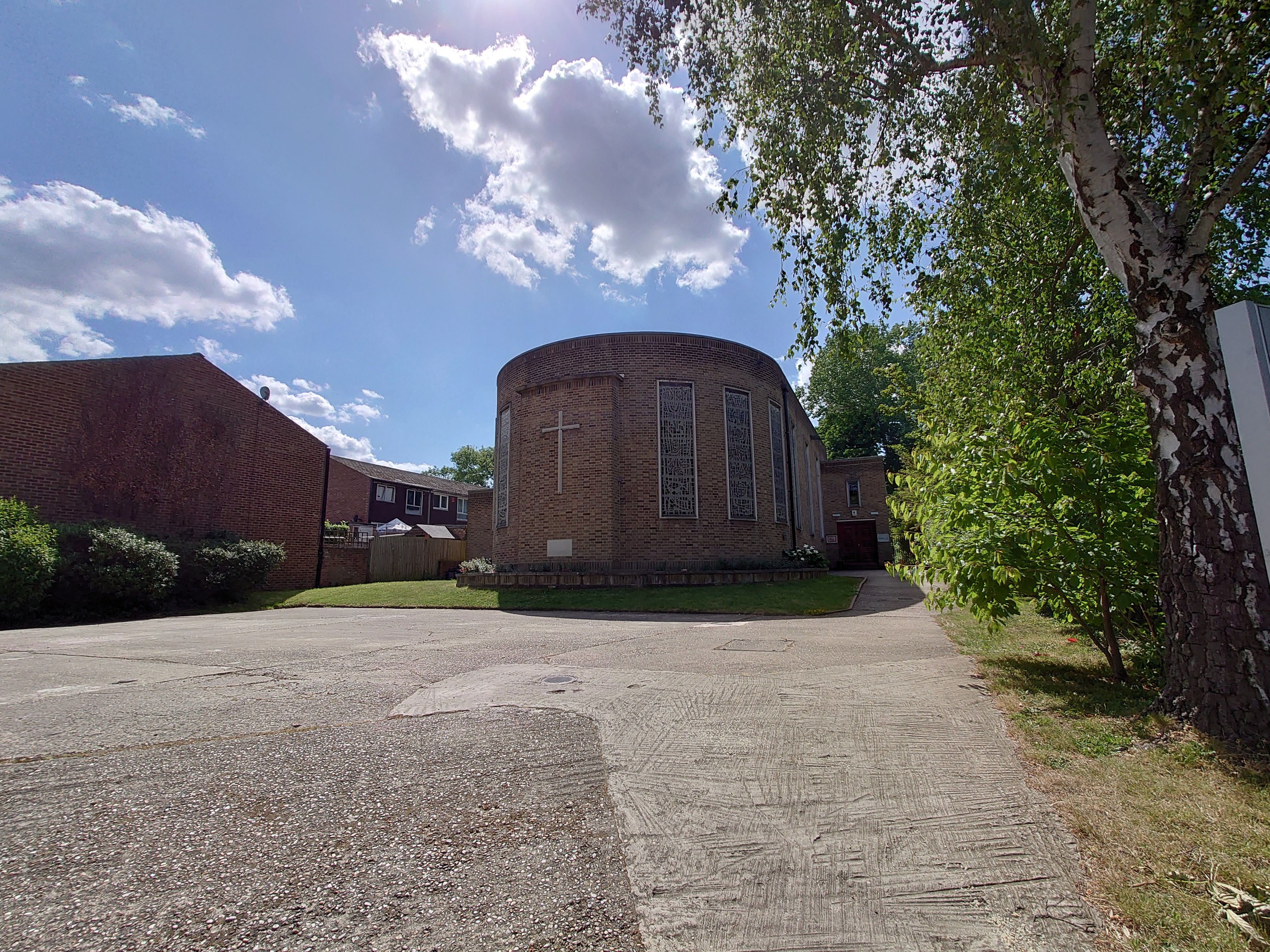

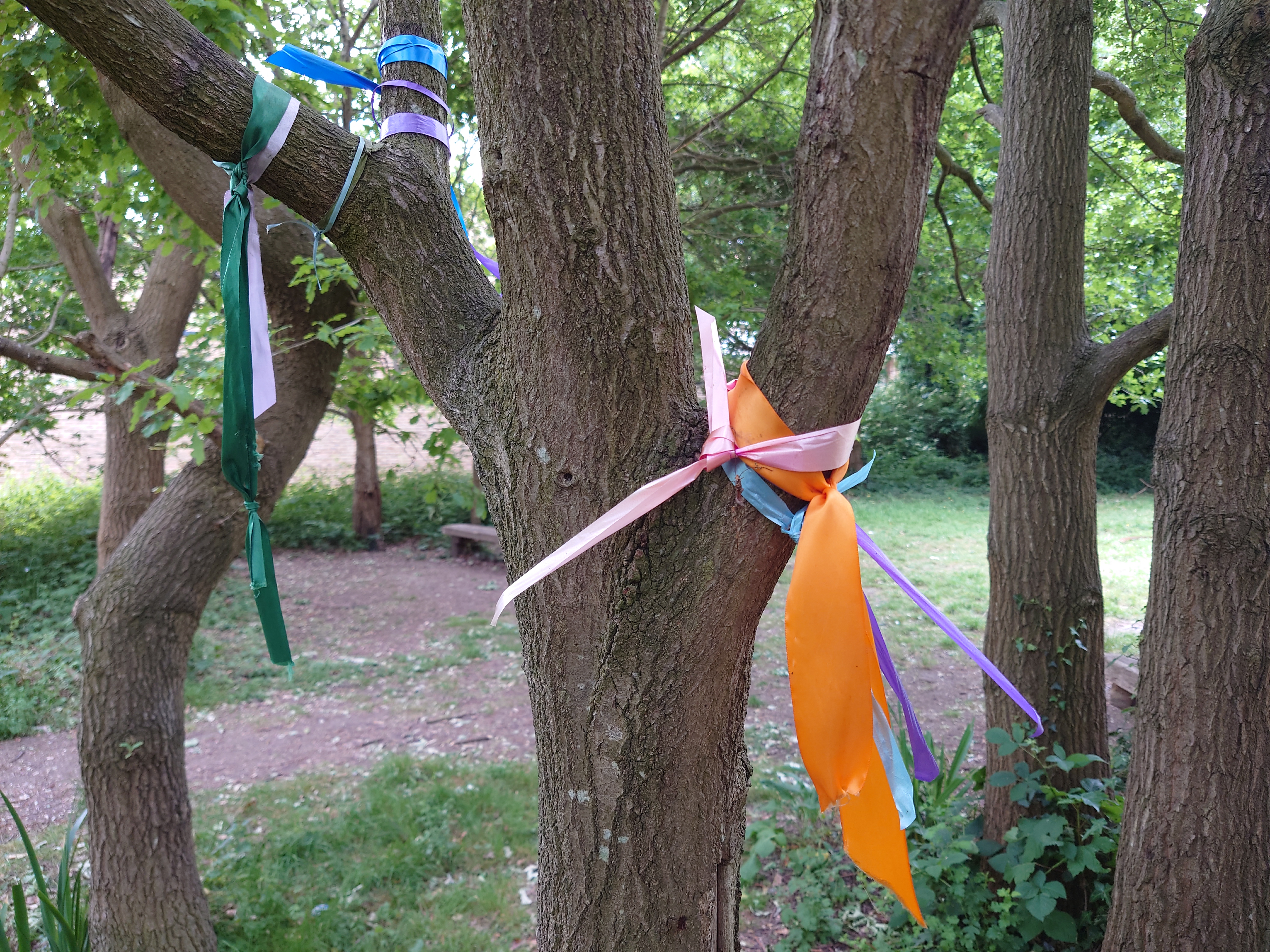
Specs and performance
The Sony Xperia 1 II is powered by the top-end Qualcomm Snapdragon 865 chipset that we’ve seen powering a lot of the top-end phones in 2020, including the Samsung Galaxy S20 range in certain regions.
It’s put to good use here, and we didn’t come across any issues in our review period. Apps and services loaded quickly, and we weren’t ever left waiting for the phone to catch up with us.
We ran the Geekbench 5 benchmarking app on the phone, and it returned an average multi-core score of 3085. That’s a similar score to the Samsung Galaxy S20 devices we’ve tested, but slightly lower than both the OnePlus 8 and OnePlus 8 Pro.
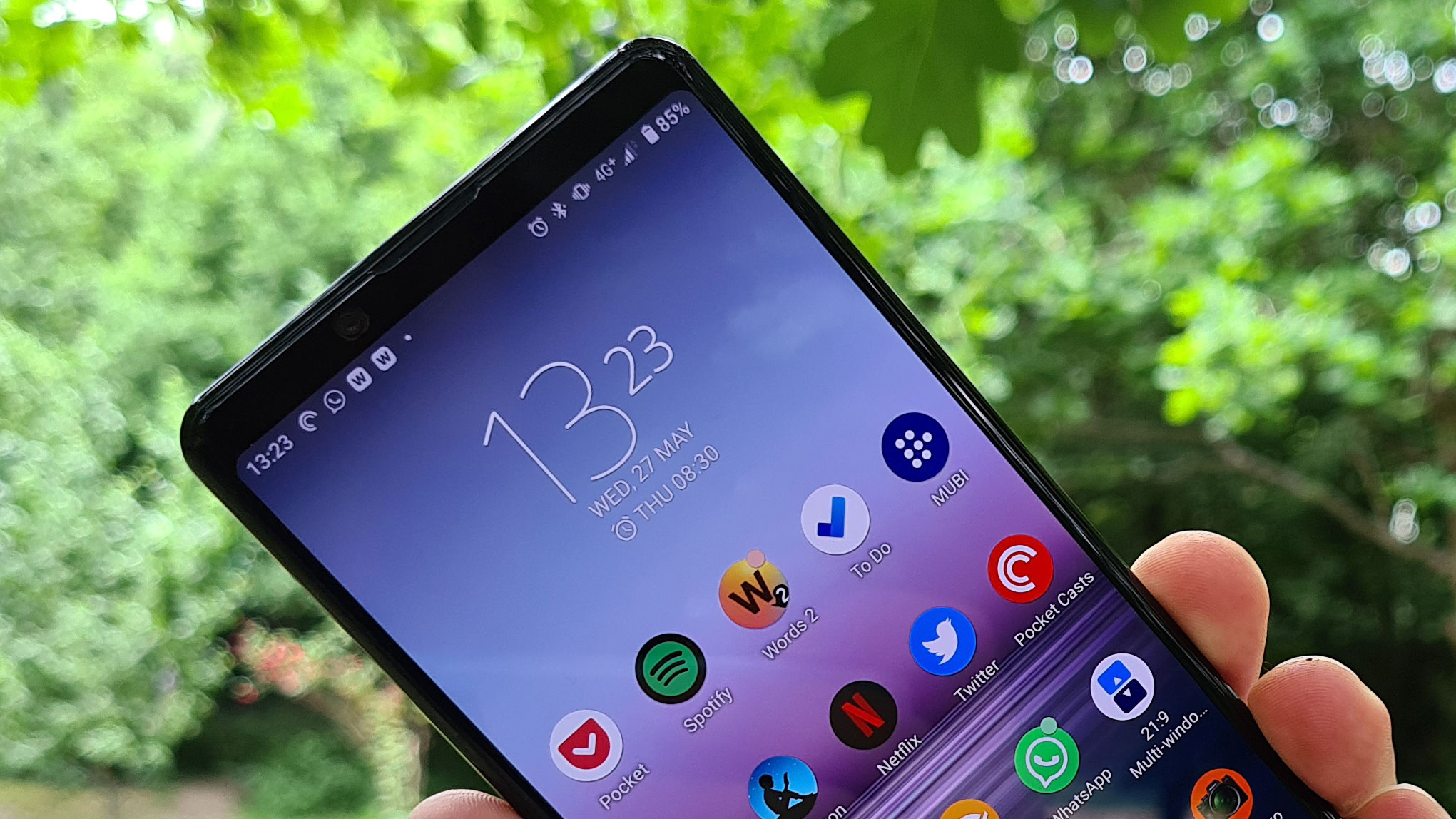
The chipset is paired with 8GB of RAM (there aren’t any configuration options), which should keep the Xperia 1 II powering along and as responsive as you need it to be. It handled games well, with relatively short load times, and we didn’t encounter any stutter.
You get 256GB of storage as standard, which should be plenty of space for your apps and media, and there’s a microSD card slot should you need additional storage.
One of the headline specs of the Xperia 1 II is that this is the first 5G phone from Sony, which goes some way towards accounting for the price increase over the Sony Xperia 1.
Note that if you're in the US though, you'll only be able to buy a 4G version of the phone. The 5G-ready version of the phone supports sub-6 5G technology, which is the most widespread standard for the next-gen connectivity.
Battery life
Sony phones have had a chequered history when it comes to battery life, but the Sony Xperia 1 II is one of the company’s best devices yet in this regard.
It features a 4,000mAh cell, which isn’t particularly big considering it’s powering a bright 6.5-inch 4K display, but despite this we found the battery on the Sony Xperia 1 II could last a full day of medium to intense usage throughout our review period.
You’re unlikely to get a full two days of use out of the battery, and if you’re watching a lot of content on the phone it may not last you a single day, but if you are a more intensive user there are a variety of ways to recharge the phone.
The Sony Xperia 1 II is the first device from the company for a while to offer wireless charging, and we found this to work well. Sony used Qi wireless charging on the Xperia XZ3, but it was a feature it dropped for the Xperia 1.
The Xperia 1 II also comes with wired fast-charging technology, which should enable you to top up your device quickly when you need to.
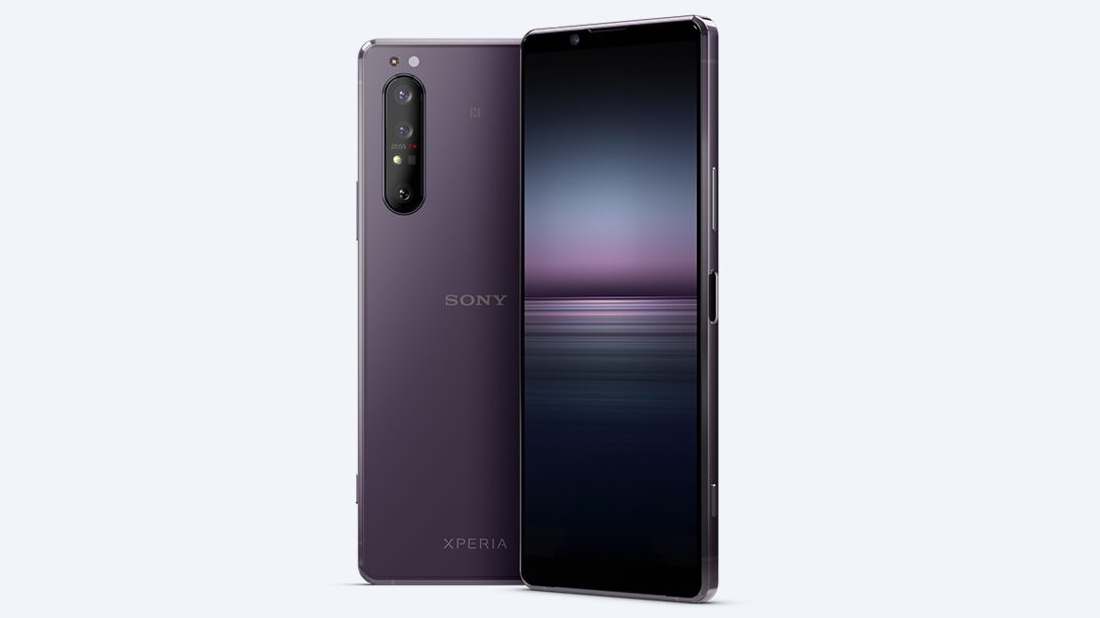
Buy it if...
You watch a lot of media on your phone
The screen on the Sony Xperia 1 II is one of the best on the market, and the 21:9 aspect ratio and 4K resolution offer one of the best viewing experiences among flagship phones. It’s not particularly easy to use.
You need a 3.5mm headphone jack
The Sony Xperia 1 II is one of the few flagship phones on the market to feature the legacy technology, and it’s a great addition if you’re an audiophile who wants to be able to use their wired headphones without an adapter.
You want a strong rear camera setup
This isn’t the best camera phone for everyone, but it can take some fantastic-looking pictures in auto mode – and you can get even better results if you’re happy to dive into the pro mode settings.
Don’t buy it if...
You need an affordable flagship phone
Sony has stuck a high price on the Xperia 1 II, and that’s an issue if you’re looking for an affordable phone from Sony. Other Sony handsets such as the Xperia 5 or Xperia L4 may be for you if you like the brand but you don’t want to spend this much.
You can’t handle a large phone
This is a difficult phone to handle if you have smaller hands, or you’re just used to a smaller phone, and the 21:9 aspect ratio makes it tricky to use one-handed. It’s also a large phone in your pocket, which is something else to bear in mind.
You need 5G in the US
Sony's reasoning for losing 5G on the Xperia 1 II is strange, but the fact is if you live in the US you won't be able to get next-gen connectivity on this phone.
First reviewed: June 2020
James is the Editor-in-Chief at Android Police. Previously, he was Senior Phones Editor for TechRadar, and he has covered smartphones and the mobile space for the best part of a decade bringing you news on all the big announcements from top manufacturers making mobile phones and other portable gadgets. James is often testing out and reviewing the latest and greatest mobile phones, smartwatches, tablets, virtual reality headsets, fitness trackers and more. He once fell over.
